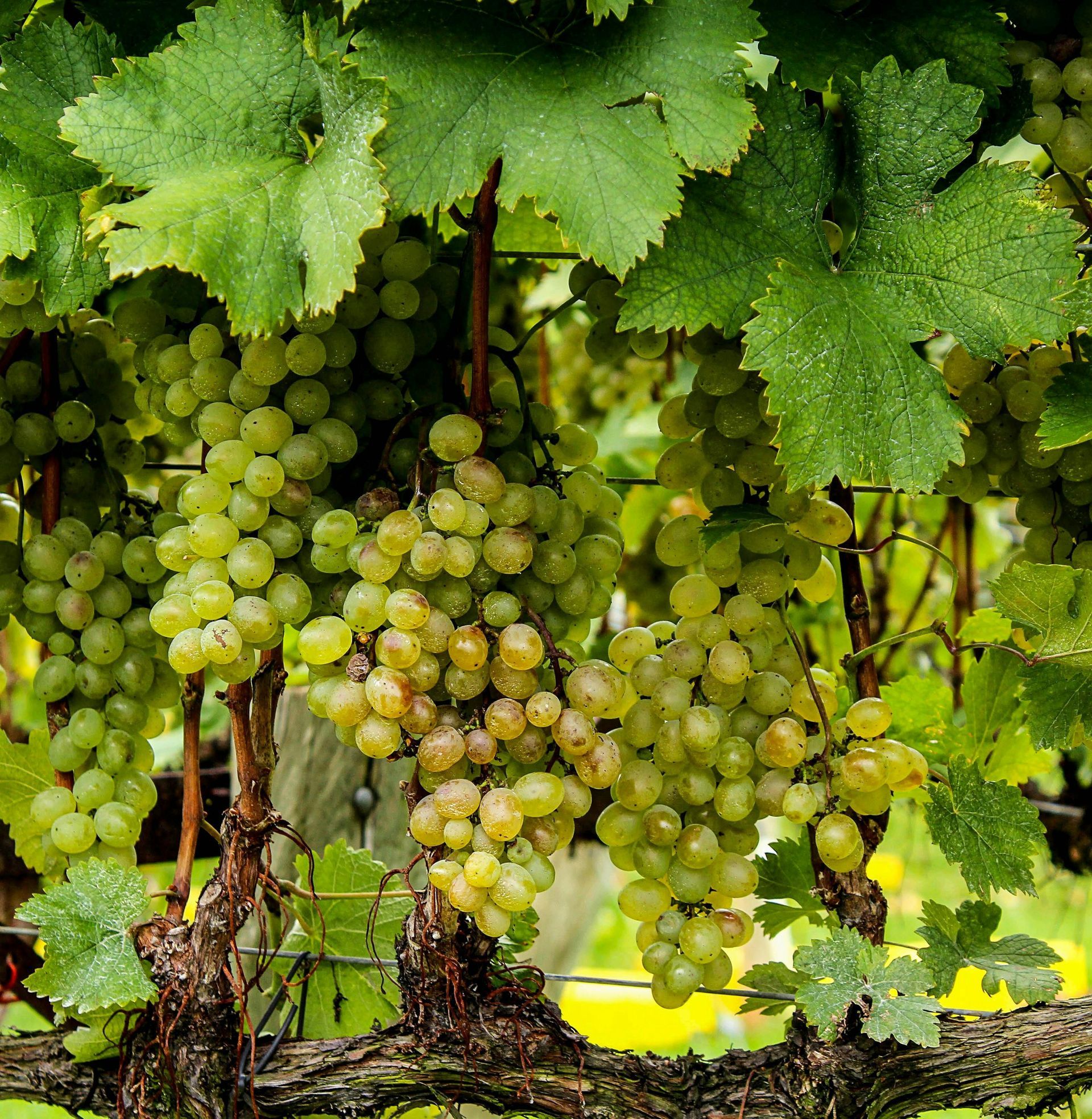Let’s talk about wine closures.

Not exactly the sexiest topic, but if you’re the kind of person who’s ever stared at a bottle and wondered if that screwtop means you’re slumming it, or if that cork is trying too hard, this one’s for you.
Wine, like people, comes dressed in all sorts of outfits. Some are timeless and classic. Some are sleek and modern. And some… well, some are just pretending to be something they’re not. The question is, does what’s sealing the bottle actually say anything about the quality of the juice inside? Or is it all just a packaging illusion?
The Cork – Old-School Romance or Just Old School?
There’s something about the pop of a natural cork that feels like foreplay. It sets the tone, builds the anticipation, and gives you that sense of occasion. Cork has been the closure of choice for centuries, and there’s good reason for it. It’s natural, renewable, and slightly porous, allowing microscopic amounts of oxygen to seep into the wine. This slow dance with oxygen helps wines - especially reds - develop complexity as they age.
But here’s the rub. Cork can also carry cork taint - a lovely little compound called TCA that can make your wine smell like damp cardboard and taste like disappointment. While it only affects about 2-3% of bottles these days, that’s still enough to make some winemakers lose sleep. Don't be fooled, because TCA can also occur in the winery and affect wines not closed with cork, but the percentage is even lower in this instance.
The Screwcap – Convenience or Con?
Once upon a time, screwtops were the wine world’s equivalent of wearing socks with sandals. Convenient, sure, but no one wanted to be seen with them. Fast-forward to today, and the screwcap has staged a coup. It’s airtight, reliable, and practically eliminates the risk of cork taint.
Screwtops are especially popular in places like Australia and New Zealand, where they’ve become the go-to for everything from crisp Sauvignon Blancs to punchy Shirazes. The myth that they’re only for cheap wines? Dead and buried. Plenty of high-quality wines now come with a twist-off top, and no, it doesn’t make you a philistine for preferring them. Bear in mind, if you see a wine with a screwcap, perhaps it's made to be enjoyed this year or next.
Synthetic Cork – The Middle Child
Then we’ve got synthetic corks. The rebels trying to blend the old with the new. Made from plastic or plant-based materials, they mimic the look and feel of natural cork but without the risk of TCA. They’re affordable, easy to produce, and often used in wines meant to be drunk young.
The downside? They’re not great for long-term ageing. While natural cork lets a bit of air in over time, synthetic corks are more like an overprotective parent; too tight, too controlling, and ultimately, a bit suffocating.
Does the Closure Affect Quality?
Here’s the thing, what’s on top of the bottle doesn’t dictate the quality of what’s inside it. A screwtop won’t ruin your wine any more than a cork will magically make it better. It’s about intention. If a winemaker wants their bottle to age and evolve over decades, they’ll likely stick with cork. If it’s meant to be opened and enjoyed now, a screwcap or synthetic cork might make more sense.
But let’s not get carried away. Wine isn’t about rules, it’s about pleasure. Don’t let the closure make you question your taste. Whether you’re twisting, pulling, or popping, the only thing that matters is that what’s in your glass makes you happy.
So, the next time someone raises an eyebrow at your screwtop, just smile and pour them a glass. Chances are, they’ll forget what they were judging once they’ve had a sip.











